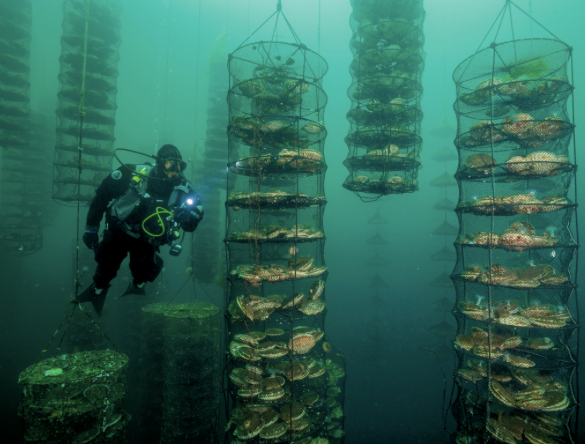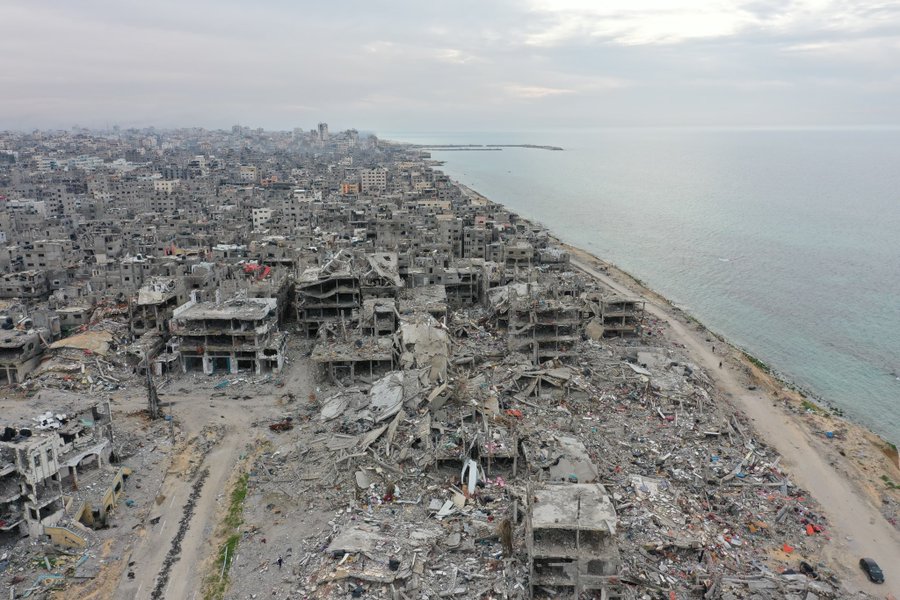The Interconnectedness of the Global Goals
The tasks and objectives of the Sustainable Development Goals can seem daunting, even impossible, given our short frame of fifteen years to accomplish them. The issues the Global Goals cover are multifaceted and intertwined. At the +SocialGood Summit, the interconnectedness of developing the world emerged as a thematic solution for achieving our goals for #2030NOW.
According to UN World Food Programme, 795 million people do not have enough food to lead a healthy, active life, or approximately one in nine people. Amongst developing countries, hunger is most rampant with an average 12.9% of people experiencing some level of undernourishment. And as population rises, questions as to our ability to feed 7 billion people, let alone 9 billion people have emerged, and the Global Goal “No Hunger” works to address this. One of the tasks of SDG 2: No Hunger is to achieve food security via localized farms and growing, yet worldwide we are over-farming the land, depleting resources and poisoning ecosystems with our pesticides, which begs the question of where we will get our food.
As National Geographic’s Brian Skerry at the +SocialGood Summit pointed out, our oceans and ocean agriculture needs major revitalization and rethinking to feed the planet. In response to growing global needs for protein and concerns on meeting those needs via land-grown proteins, seafood and fish has emerged as a healthy, viable option, however wild fishing has its limitations. Jim Richardson of National Geographic, photographed by Mr. Skerry [see photo above], explored the in’s and out’s of aquaculture and in doing so both found a lot of positives and some negatives. Fish farming has received a bad rap in the past, but cutting edge innovation and technology has made select fish farms excellent experiments for our sustainable future.
By combining goals like Goal 2 to eliminate hunger, while keeping in mind the need to protect life undersea (Goal 14) and be responsible consumers (Goal 12), we ultimately become more innovative and our communities become increasingly sustainable, as directed by Goals 9 and 11. In addressing our sustainable development goals and needs, we must have the ability to look at the big picture and the interconnectedness of our objectives. And in doing so, by 2030, our communities will be: sustainable and strong, resilient and responsive to our needs, and most of all – a world where we integrate technology and our digitalized lives to be innovators, equalizers, and problem solvers.




